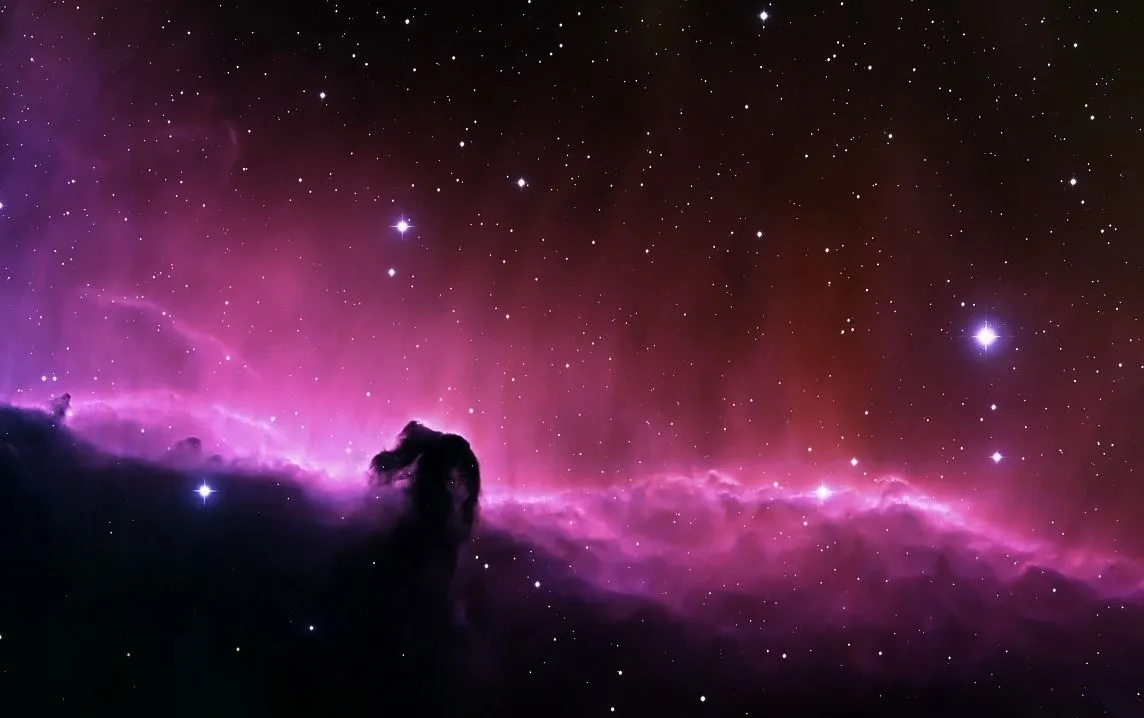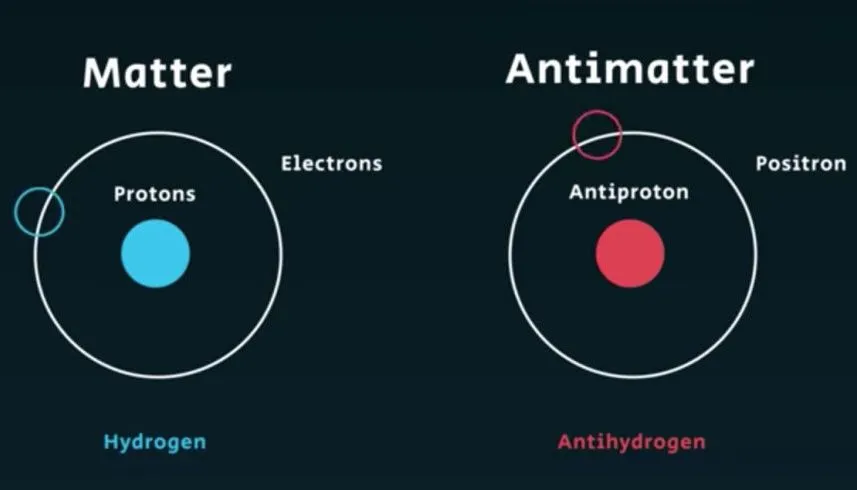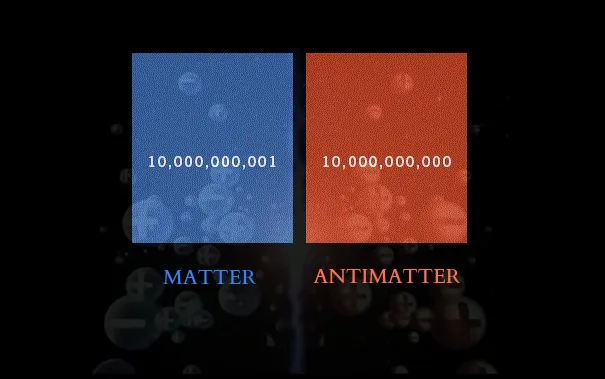
The origin of our universe is still one of the biggest mysteries that we have, despite there being pretty much a consensus about the big bang theory, which states that everything that there is, literally blew into existence from a single tiny point.
How the universe came into existence is something that you might read about or talk about commonly but what is not talked about generally by people is the why part. Why is the universe even there? It shouldn’t even exist, and yet it does.
Those of you who have read about this stuff know exactly what I’m talking about but I know many of you might be confused right now as to what I am even talking about.
To understand this, let’s go to the very instance of the big bang, when everything we see today, here on Earth and outside it, was created.
Matter Vs Antimatter
We all know that the big bang led to the creation of all matter, but did you know that there was an almost equal amount of antimatter produced at the same time?
Antimatter is the exact opposite of matter. A normal atom has a proton (a positively charged particle) and a neutron as it’s nucleus and an electron (a negatively charged particle). An antimatter atom has an antiproton (a negatively charged particle) and a positron (a positively charged particle).
Basically when a matter and its antimatter collide, they annihilate each other because they are the exact opposites of each other, leaving behind energy.
So, when at the instance of big bang, matter and antimatter were created, all of them should have just cancelled each other out and there shouldn’t even have been a universe. Yet, we see a mind-blowingly large universe and all of the objects are almost entirely made of matter!
Imbalance At Big Bang
Scientists are confounded by this. They say that matter and antimatter should have been equally created and if that had happened, there would be no universe today.
But something tipped the scale in favour of matter and the little matter that survived after the firecracker show during the first moments of the big bang, is everything that we see today.
This is what baffles scientists. There shouldn’t have been enough matter from the beginning to be able to create the hundreds of billions of galaxies or the hundreds of billions of stars in each one of them.
Associate Professor Martin Sevior of the University of Melbourne School of Physics says that this imbalance between matter and antimatter is a trillion times bigger than the standard model predicts.
Suggested Explanations

Scientists have been at work trying to find the answer to this riddle. There are some explanations that they have put forward and some they are actively experimenting upon.
One explanation they provide is that maybe the universe is divided into several regions where matter and antimatter exist separately. From afar, the antimatter would still appear as matter and maybe that’s why we haven’t detected it yet.
Another theory, which is being tested at the KEK particle accelerator in Japan, is that there may be differences in the rate of decay of matter atoms and antimatter atoms.
So, by the time the humungous amount of matter and antimatter got done annihilating each other, there could still have been enough matter left that we see in the form of the current universe. Nothing is proved till date and it might still take quite some time for us to solve this riddle.


